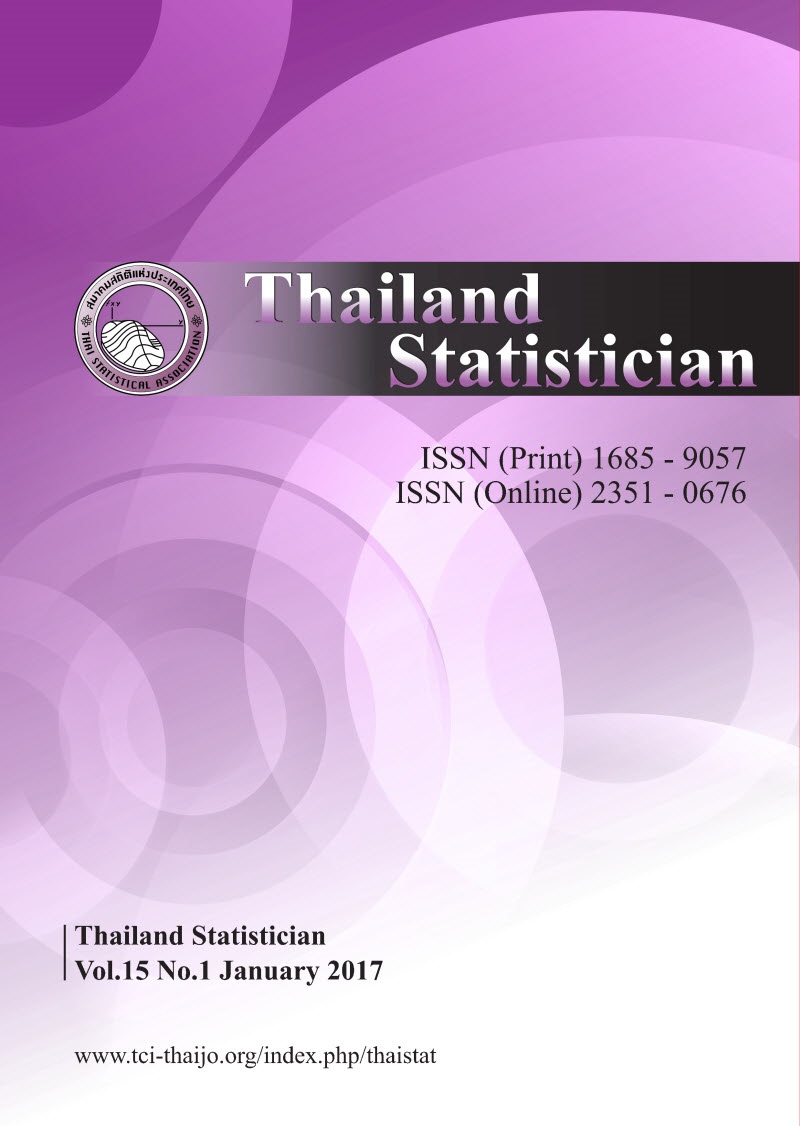Asymptotic Confidence Ellipses of Parameters for the Beta-Poisson Dose-Response Model
Keywords:
Quantitative microbiological risk assessment (QMRA), Method of moments, Method of maximum likelihood, Fisher information, Delta methodAbstract
The objective of this study is to argue that two classical estimation methods (method of moments and method of maximum likelihood) cannot be applied for a construction of an asymptotic confidence ellipse for the Beta-Poisson dose-response model directly. That is, the first moment for the probability density function of the Beta-Poisson dose-response model exists for > 1 , but data known from literature show that a typical values of
is around a few hundredths, while a typical values of
is around a few hundred. And the method of maximum likelihood, we cannot find parameter estimators of the Beta-Poisson dose-response model and also it is not possible to find the asymptotic covariance matrix from the Fisher information matrix, hence it is also not possible to construct an asymptotic confidence ellipse based on the maximum likelihood estimates.
For this purpose we need to use a suitable approximation for the Beta-Poisson dose-response model. After that, we derive maximum likelihood equations for parameters of the approximate Beta-Poisson dose-response model. For this model, we find the Fisher information matrix and construct a normal approximation that gives elliptical confidence regions of the approximate Beta-Poisson dose-response model. We use the coverage probabilities as the criteria for comparing with the nominal level 0.98 and investigate the accuracy of the confidence ellipses are fulfilled by the Monte-Carlo method. Three sample sizes (n) are 100, 500, 1,000 and four cases of values for parameters of the Beta-Poisson dose-response model ((i) = 0.1,
= 10 (ii)
= 0.08,
= 100 (iii)
= 0.3,
= 150 (iv)
= 0.7,
= 180 ) are studied here. R (2.13.0) software is used for simulation technique with 10,000 iterations. The results of this study are as followed:
The coverage probabilities of confidence ellipses for parameters of the approximate Beta-Poisson dose-response model increase when sample sizes (n) increase and also they are close to the confidence coefficient 0.98.
In addition, at various values of parameters of Beta-Poisson dose-response model, the coverage probabilities are similar when n is fixed.




